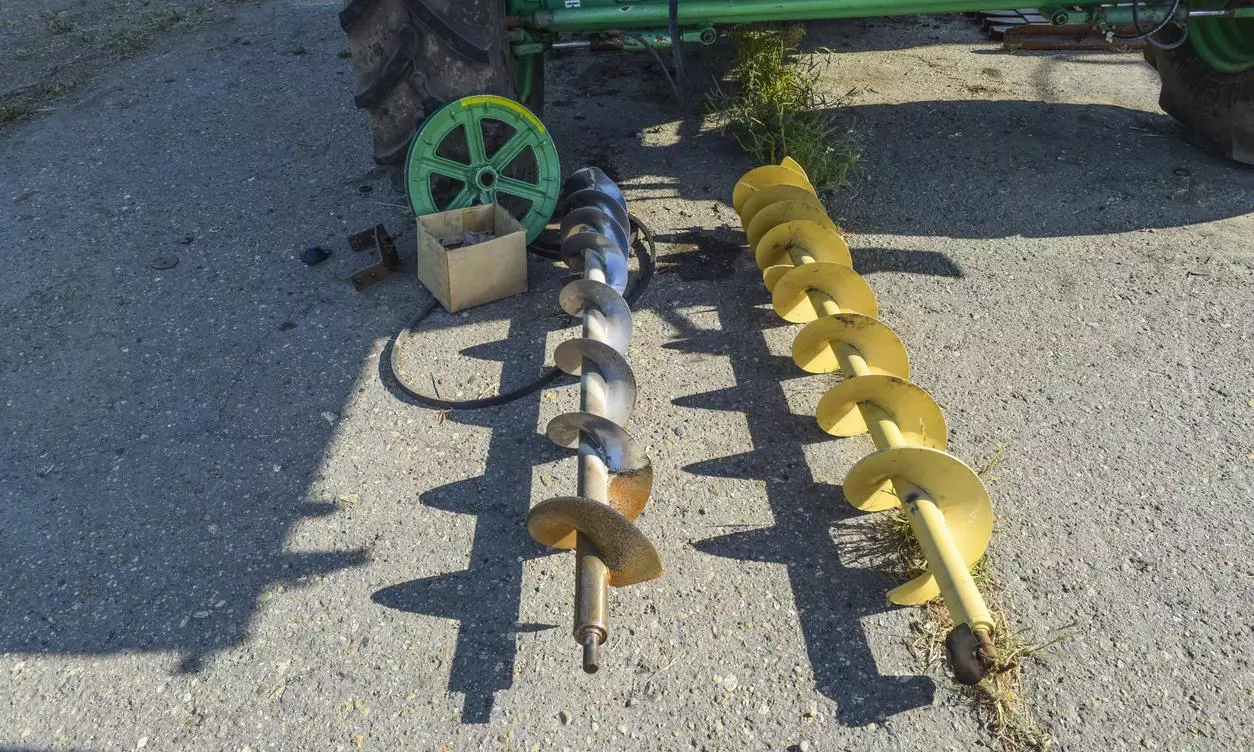
Explained: What's an auger machine? How does it help rescue operations?
The machine drill uses state-of-the-art technology and can drill five to six metres through the debris in an hour

Rescue efforts are underway on war footing to rescue the 41 workers trapped in Uttarakhand’s Uttarkashi district since November 12 due to a partially collapsed tunnel.
The National Disaster Management Agency (NDMA) said the workers could be rescued over the next few hours or by tomorrow. Uttarakhand Chief Minister Pushkar Singh Dhami is closely monitoring the rescue operation at the Silkyara-Dandalgaon tunnel. A 900mm diameter pipe with the help of the auger machine is being inserted at the tunnel site, news agency ANI reported, quoting disaster management officials.
What’s an auger machine?
An auger is a spiral-shaped tool that is used to drill holes into the ground and other surfaces or materials.
The spiralling metal shaft with a blade at the end of the device is known as “flighting”. The flighting rotates to scrape, cut, or siphon out drilled materials. Debris from the drilled materials (soil in this tunnel’s case) moves along the flighting and out of the hole during the blade’s rotation.
However, there are different types of augers meant for various drilling purposes with each version designed to work with specific materials, surfaces, or other requirements. They can also be identified by their different names – power earth drills, grain augers, and ice augers to name a few. They can be powered by an electric motor while attached to a tractor or used manually. Augers come in various sizes, right from a modestly sized handheld unit to units that need to be towed behind a tractor. The augur drill bit sizes are usually available in 4, 6, 8, 12 and 18-inch diameters.
How does it help rescue operations?
Airlifted by the Indian Air Force, the auger machine being used in Uttarakhand tunnel rescue work is manufactured by a US-based heavy machinery firm named American Augers. The machine drill uses state-of-the-art technology and can drill five to six metres through the debris in an hour - none of the machines deployed so far can match this rate of penetration. This machine has a digging segment of helical shape and is known to be better at digging through debris and has been used in such rescue operations before.
Before this, the drill, which was being used by the rescuers, failed as the debris was composed of an inconsistent mixture of rocks of varying shapes and sizes. The American Augers’ machine can narrow down the time window which is critical in such rescue operations. Dwelling on the challenges involved in the rescue operation, Anshu Manish Khalkho, director at the National Highways and Infrastructure Development Corporation Limited (NHIDCL), told the press that it takes 10-12 hours to drill 50 metres with this machine.

